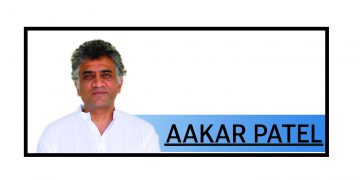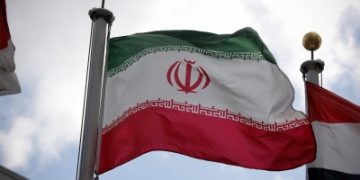Bharat Jhunjhunwala
The two areas of the Union government expenditures on healthcare are curative and preventive. According to the National Health Accounts Estimates for India, 2018, the government spent `9,134 crore in 2015-16 on the 31 lakh government employees; or about `7,000 per person if we include their families. The expenditure on the non-government citizens was `38,794 crore on 131 crore persons or a meagre `296 per person. This includes expenditures on government-financed health insurance. The primary objective of MoHFW has, howsoever unwittingly, come to serve government employees and, by default, not the public.
Secondly, in Budget for 2020-21, MoHFW, which promotes the allopathic system of medicine, has been allocated Rs 63,000 crore; while the Ministry of AYUSH, which promotes alternative systems like Ayurveda and homoeopathy, has been allocated a meagre Rs 2,100 crore. No doubt the allopathic system is doing a great service by brining certain cures such as placing stent in the heart. AYUSH is more oriented at providing systemic treatments. The AYUSH Ministry prevents the need for stents. Yet the government allocates more money to cure and less to prevention. The reason for this lopsided allocation appears to be that MNCs supply instruments and medicines that are promoted by MoHFW.
Thirdly, within the MoHFW Budget, there is a lopsided allocation in favour of hi-tech treatments like stents that are called ‘tertiary,’ and less on primary and secondary treatment. In a paper titled “Healthcare Financing Reforms in India” published in 2012, Govinda Rao of the National Institute of Finance and Public Policy has pointed out that the National Health Policy had placed a target of 10 per cent expenditures on tertiary care but the actual is 28 per cent. Once again, MNCs are the beneficiaries. Fourthly, most of the government health expenditures are used up in paying salaries to government health workers. The share was 83 per cent in Madhya Pradesh and Odisha.
One step towards the correction of these anomalies in MoHFW, as suggested by adviser to Niti Aayog Rakesh Sarwal is that the Central Government Health Service should be converted into a Universal Health Service so that the expenditure on government employees and people becomes equal. The second step is to increase the allocations of AYUSH and reduce those of tertiary treatment. The third step is to fix a maximum ratio of salaries in the health budget and, in case of a budget crunch, reduce the salaries of government health workers.
The second area of our health system is preventive care which includes vaccinations. A problem here—in respect of Covid—is that the virus is changing rapidly. Therefore, a vaccine against Covid of yesterday may not be effective against Covid of tomorrow. The performance of our preventive health within MoHFW is unsatisfactory. Only seven per cent children do not get measles’ vaccination in South America against 30 per cent in India.
The second issue in preventive care is our people need to partake of garlic, giloi, ginger and turmeric; undertake yoga and meditation, and get more exercise and sunlight. The MoHFW has successfully launched campaigns in favour of iodine-laced salt and breast-feeding of infants.
As said above, the total expenditure of the Union government on health of non-government citizens was `38,794 crore in 2015-16. Of this, only Rs 12,000 crore was made on preventive health which included vaccination; information, education and communication; anti-smoking campaign; free distribution of masks; and testing for diseases like Covid, diabetes and cancer. The government must increase these expenditures drastically and cut those on hi-tech tertiary treatment. Such a measure will improve the immunity of our people, reduce the spread of Covid and ultimately reduce the burden on MoHFW for providing curative care.
The third issue is to explore a different social paradigm. A paper by Vaidya Vachaspati Tripathi published on the Uttar Pradesh government website says that taking bath in the rivers during the Kumbh leads to the development of immunity. Large numbers of pilgrims spread miniscule amounts of various disease-creating viruses and bacteria in the water. These enter the bodies of other pilgrims during the dip and prompt the body of the healthy pilgrim to fight viruses and bacteria and develop immunity. In his words, as told to me, “one dip is sufficient for good health till the next Kumbh.” This will help fight Covid-19 too.
Doctors treating Covid patients are forced to make a choice between who will live and who will die. The choice before the government is whether the few will live and many will die?
The writer is a former Professor of Economics at IIM Bangalore.






































